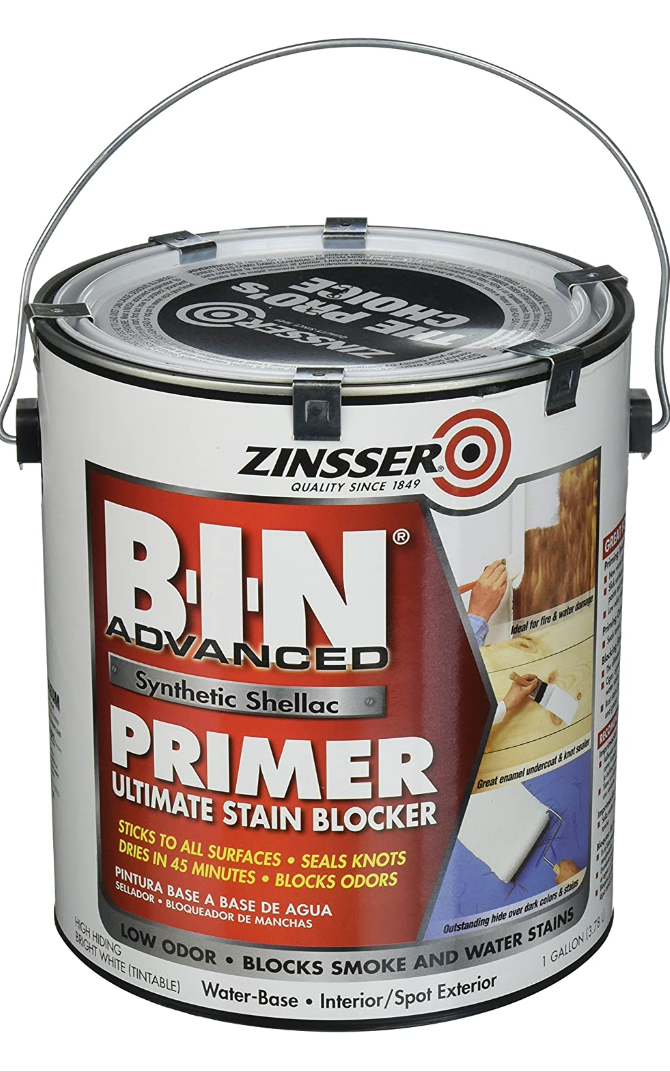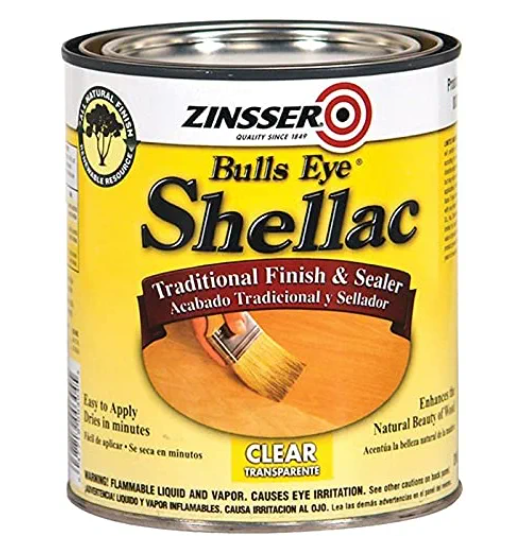You’ve found the perfect piece of furniture, you’ve cleaned and scuff-sanded (and cleaned again)!
Now what?
Depending on what type of finish you’re aiming for, you need to decide if priming is needed before you begin painting.
I lean towards clean and classic finishes, meaning my pieces are as free from imperfection as possible, no visible brush strokes and look similar to a factory finish. To achieve this finish, I almost always prime before I paint. However, if I were going for a worn, aged, or distressed look, I wouldn’t use a primer.
Let me explain why:
-
- Primer serves two important purposes, it seals the surface (including odors and tannin bleed-through) and it assists with paint adhesion. Both of these are crucial to a long-lasting final finish.
-
- My favorite tried and true primer is BIN Shellac, it’s hands down the best primer for sealing in tannins, odor, and for paint adhesion. It’s expensive, but it’s worth it and I’ve yet to find another primer that is it’s equal.
-
- Primer serves two important purposes, it seals the surface (including odors and tannin bleed-through) and it assists with paint adhesion. Both of these are crucial to a long-lasting final finish.
-
- Most primers are white (including BIN) and if you’re trying to achieve a distressed finish, that white primer is going to show through when you start distressing and it won’t look good (trust me, I’ve made that mistake.)

A general rule to follow is if you want that original wood finish to show through after you distress your paint, don’t prime. There is one caveat to this:
-
- In some cases, especially with mahogany or cherry furniture, you might encounter the dreaded bleed-through. Bleed-through occurs when the tannins in these woods are brought to the surface through sanding. If you try to paint over bleed through, you will ruin your finish. It will “bleed-through” your paint and be visible. This is why you need to seal the wood before painting.
-
- Shellac is a good alternative to traditional white primer because it’s clear. Applying a few coats of shellac before painting should prevent bleed-through and still allow you to distress your paint to expose the underlying wood.


The best way for beginners to apply BIN or Shellac is to use a small foam roller, like these.
Both of these products go a long way, so start with thin coats of primer, let dry fully, then lightly sand with 220 grit sandpaper before applying the next. Be sure to wipe down your piece in-between coats to remove sanding residue.
If you missed last week’s post on proper prepping, check it out here before you get started.
This post may contain affiliate links, which means I’ll receive a small commission if you purchase through my links, at no extra cost to you. Please read the disclaimer for more information.
